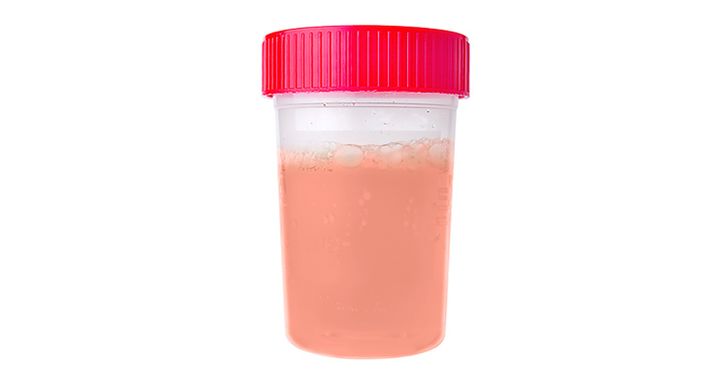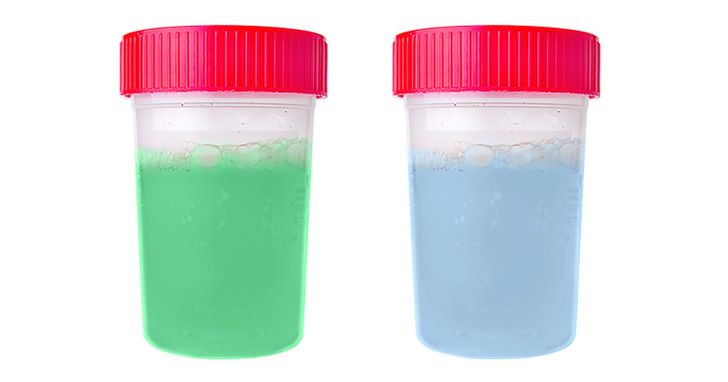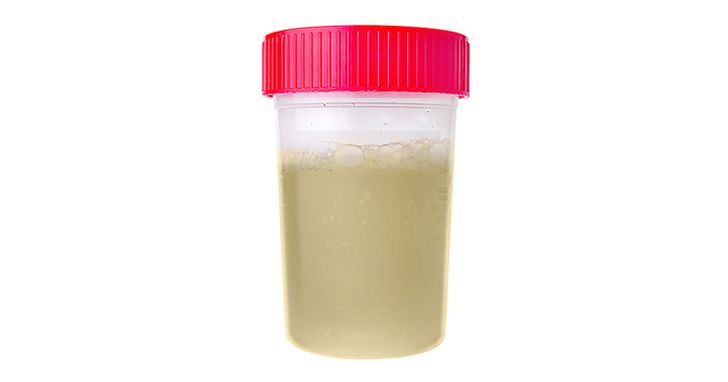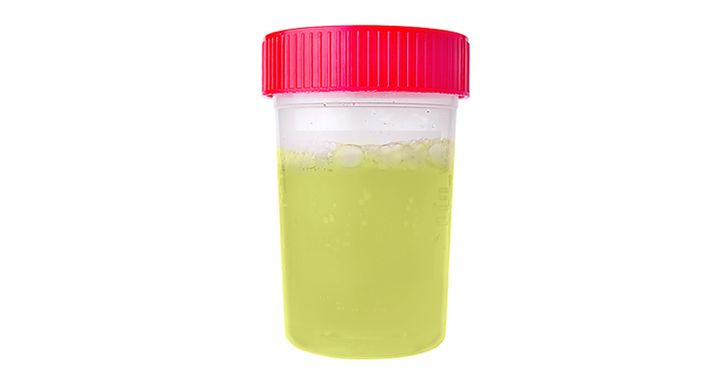It may seem strange, but every time you go to the bathroom you have the opportunity to monitor your health. By checking the color of your urine, you can see if your body is okay or if you need to see a doctor. It sounds easy, right?
Now you just need to know the possible reasons (serious or not) behind each color. We researched what urine color reveals about your health and suggestions for what you can do. Have you ever seen your urine look like one of those colors?
Things Your Pee Can Tell You About Your Health
Orange

Some anti-inflammatories (Azulfidine), chemotherapy, and laxatives with senna can cause an orange tint. Excessive consumption of vitamin B2 or beta-carotene (carrots) can also be a reason. If you haven’t been exposed to any of the above, then:
Drink more water. Dehydration can cause urine to become very concentrated, ranging from dark yellow to orange. In just a few hours, it should return to its normal light yellow color.
Check your eyes. If you notice any yellowish tint to the whites of your eyes, orange urine may be a sign that your liver is not working well. You should make an appointment with a doctor right away.
Pink and Reddish

It is probably alarming to see red or pink urine, but it is not necessarily serious as it can be caused by food or medicine. Before worrying, look at the reasons for this color.
Food: If you ate beetroot, blackberries, or rhubarb, you don’t have to worry about anything. Some of the compounds that make these foods red are excreted in the urine after the kidneys do their job. It usually goes away the next day. Otherwise, you must make an appointment with a doctor.
Medications: Certain antibiotics (such as Rifadin and Rimactane) used to treat tuberculosis can make the urine red. Phenazopyridine, which is used to treat urinary tract infections, and laxatives containing senna can also cause a pink color.
Blood: Blood in the urine can be a sign of urinary tract infection, kidney disease, cancerous or non-cancerous tumors, or bladder or kidney stones. If you notice blood clots or other tissues in your urine, see your doctor immediately.
Experts emphasize that this is rare, but underdiagnosed, especially in women, as they generally shrug their shoulders as a rare menstrual coincidence.
Green or Blue

This color can be shocking to see, but it is rare and may be due to:
Food: Eat artificially dyed foods or asparagus. Nothing to worry about. This will go away in a day or two.
Medications: Some medications (such as amitriptyline, indomethacin, and propofol) can cause the color to change.
Caution: If you have not been exposed to any of the above, you should contact your doctor. A green color may indicate a rare urinary tract infection caused by the Pseudomonas bacteria. The mistake can also cause kidney stones.
Brown

If you see brownish tones in your urine, it could be a sign of dehydration. Foods that can turn urine brown include rhubarb and lima beans.
But it is better to take a look, especially if you drink a lot of water, but the color does not fade. Brown urine can indicate liver and kidney problems.
Warning: If your brown urine is followed by abdominal pain, rashes, and seizures, there is a high possibility of a genetic disease. Also, blood turns brown when it disintegrates and this can be a sign of a more serious disease, such as a tumor.
Foaming or Fizzing

The presence of foamy urine from time to time is normal and usually occurs due to the speed of urination. But if it keeps coming back and becomes more noticeable over time, you should see your doctor.
Foamy or fizzy urine can be a sign of protein in the urine, and this requires professional evaluation, as a high amount can indicate a serious kidney problem.
Have you ever paid attention to the color of your urine? Are you uncomfortable seeing this? Share with us in the comments.


